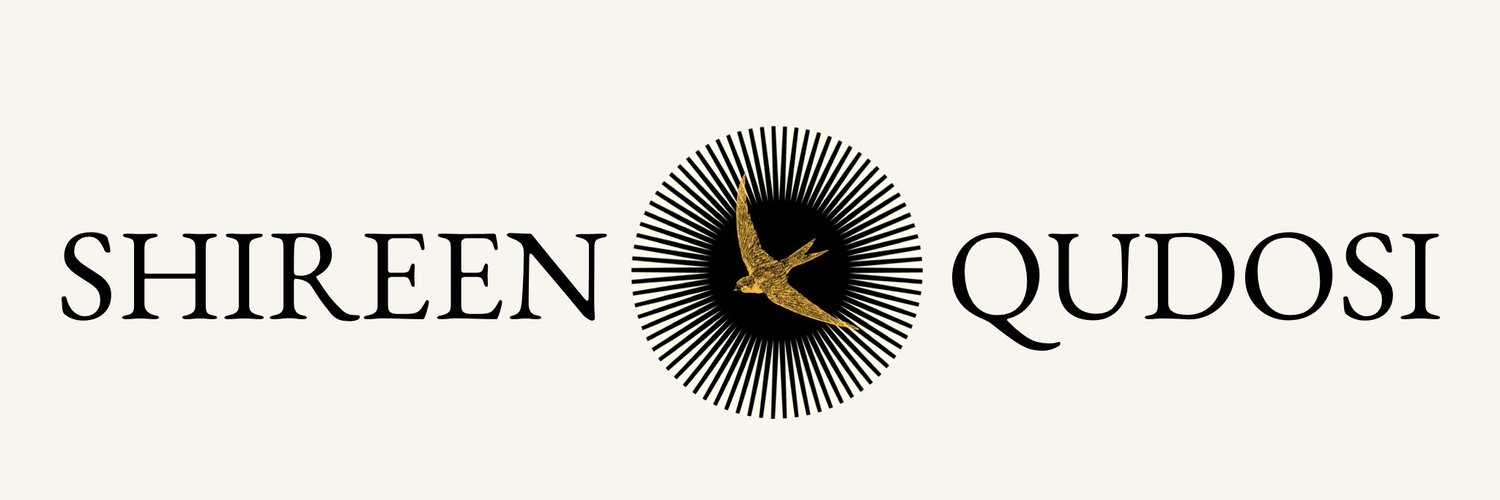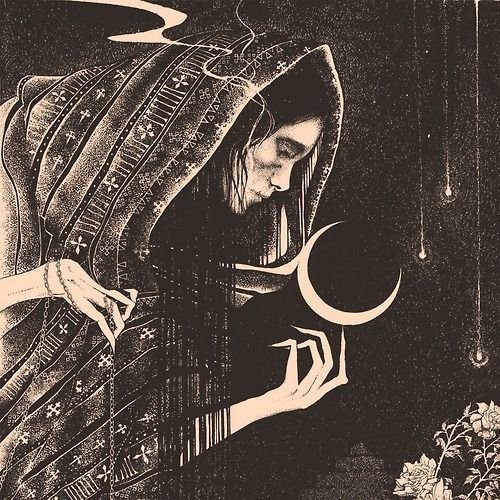Sanctum of Stone
Once upon a time, a rabbi told me to “crawl back into the cave you came from." The words became an invitation. What if I did crawl back into the cave I came from — what could that look like?
A composite image. The center image is a photograph by Nick Yang, flanked on the right and left with images of caves in New Zealand. No source was listed for the New Zealand cave photography.
Growing up in a post-9/11 world, the word cave was a pejorative. After all, the most wanted man in the world at that time, Osama bin Laden, was believed to be fighting the empire from a cave. Long before the current context of war fixed our eye on only one perspective on how to see ‘cavemen,’ there was a long, rich legacy of human orientation toward caves. Caves were often sanctuaries against persecution. The practice dates far back to the Paleolithic age and continued through the evolution of belief systems. Europe, for example, hosts complex underground Jesuit caves with Egyptian, Islamic, Buddhist, Christian, and pagan art. Mary Magdalene, a revered Abrahamic matriarch, is said to have been a cave dweller, living the last 30 years in a cave in the Sainte-Baume mountains in the South of France. Across the world, caves and tunnels protected people and the ideas that maybe weren’t yet ready to be mainstreamed — a theme that runs through Islam as well.
On a journey from Medina to Mecca, Prophet Muhammad (PBUH) and Abu Bakr sought refuge in a cave. The story goes that as they hid in the cave, outside, a tree rose from the ground, a pair of doves began nesting in it, and a spider spun a web between the tree and the cave’s entrance. The prophet retreated into the dark earth, escaping his persecutors through a camouflage of wilderness. This journey, taken in 622 AD, later marked the beginning of the Islamic calendar. It’s called Hijrah, an Arabic word that means migration or a space between two points. Yet, the real migration is within that cave, that space between two points. The arrival is in the void space of that cave where the destination is marked by moving out of time.
An invitation toward timelessness is extended to humanity through Prophet Muhammad’s (PBUH) first revelations in the cave of Mount Hira. Also known as Islam’s holiest night, on Laylat al-Qadr (Night of Power) the power of God is birthed through the dark velvet womb of the mountain. Laylat al-Qadr is one night believed to hold more power than a thousand months. Laylat al-Qadr is the second sign of the non-linearity of time folding a thousand nights into one, the first being the story of Hijrah where God is moving us beyond human time.
And there is a third sign: the non-linearity of the Quran itself. The out-of-sequence storytelling of the Quran has always been a source of criticism, but the emphasis on non-sequencing is the message. Islam is brimming with non-linearity that, if understood and embraced, would help us break the gridlock of the static world and free us into a rich metaphysical reality.
“Islam is brimming with non-linearity that, if understood and embraced, would help us break the gridlock of the static world and free us into a rich metaphysical reality.”
— Shireen Qudosi
Each story within Islam centered around a cave is an arrow of God pointing to another clock beyond human time, another eye through which to look at the world. The message of timelessness is a hidden mercy that perhaps wasn’t ready to surface in our consciousness until our time, until we (a broader human collective within and outside of the Islamic faith) feel gridlocked into the madness of the outer world’s perennial thirst for war and domination.
The invitation to look at the world differently is also the message seeded within Surah Al-Kahf. Each of the four stories in the surah is about shifting our perspective so we can see the world through another lens, or another reality that reveals the mysteries of the divine hand of God. The first story in Surah Al-Kahf hyper-winds time again, inviting us into the cave with a group of young men seeking refuge. By retreating into the cave, they each leave behind their families and worldly possessions — their attachment to Dunya, the temporal reality of the outer material world. Dunya is another world for the illusion, the matrix, or the Samsara. In the story, the group of men fall into a deep sleep for 309 years, awakening into an entirely new world. Again, the story breaks the rigidity of chronos (chronological) time and favors kairos time. The latter, kairos time, is the understanding of time as a fluid force. It is time within multi-dimensionality co-current realities beyond fixed systems that define Dunya. We invoke kairos time whenever Muslims say inshallah (meaning if God wills it).
Image Source: Unknown (Pinterest)
When Islam is submission to God, can we better understand God by looking at our stories with another eye — a wild eye that breaks us out of the prison of terrestrial reality and searches for a celestial belonging? Was this always the invitation awaiting us within the cave of revelation, that we each are offered this experience through our submersion into Islam? If so, this catalyzes the religion. Islam isn’t just a religion then; it’s a portal, a ‘time-machine,’ so to speak. We are invited to free-fall into the wilderness of God — a lush metaphysical embrace that cracks time to create hyper-realities that can compress a thousand nights into one. At every turn, Islam is speaking to a wondrous multi-dimensional reality. Islam is science futurism, speaking to us in a language that hadn’t yet developed when the faith was revealed. It had to stay hidden for a little while until the right time.
The symbol of the cave is a seed message in Islam that couldn’t find roots until it was planted in the cavity of our hearts. It had to be buried, hidden within stories until our generation, our time, could bring it to the surface. The cave is an allegory for the complex inner world of our being that cannot be colonized, programmed, or otherwise stained by the influence of the outer world. This is what it means to crawl back into the cave, into the sanctum of stone. It means to know the world for ourselves. For me, it means becoming intimate with Islam beyond all that I had been told. It means seeing Islam as an egg of primordial God-consciousness birthed into this world through the womb of a mountain. To get here, I had to crack something within myself using the stories in Islam as instruments of release.
There is more to us as people than the surface-level stories of the world that we’ve been sold. This is a time of grid-locked realities, with the horns of one ideology locked in with another, increasing the density of this time. The density acts like a gravitational force, pulling humanity from one far end of the pendulum to another. It leads us to forget ourselves and our origins, to become swept into the fixed and imprisoned world that tells us we cannot shake free of it, that we cannot break it. It feels inescapable until we return to our first story as Muslims: the cave.




